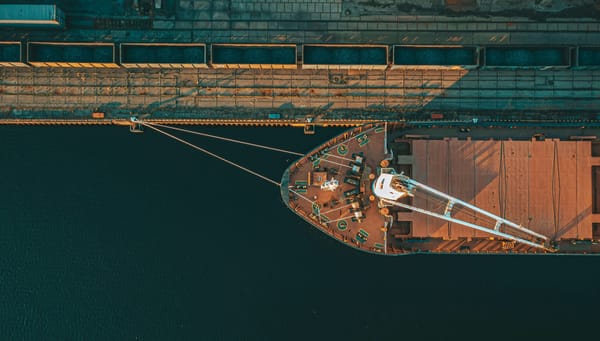Tiny Dolphin, Big Deal: US Bans New Zealand Seafood

Late last year, the Court of International Trade disagreed with the US government and sided with conservation advocate Sea Shepherd’s argument that the US must ban imports of seafood harvested in a manner that threatens the endangered Māui dolphin. While the action was immediate, implementing a highly specific trade restriction is complex and the spillover impact is unavoidable. A fishery, in this case, refers to fishing that occurs in a defined area (West Coast North Island inshore fishery management area), targeting specific fish species and using particular types of fishing gear (set nets and trawls). This means that New Zealand fisheries targeting the same species and using the same gear types but operating out of this area are not banned.
Here’s how the ban works: NOAA identified 63 tariff codes used to import fish from the now-banned fisheries. If you attempt to import fish that was harvested in New Zealand under any of these tariff codes you’ll need a Certificate of Admissibility signed by an official from the Government of New Zealand. The form attests that the fish in this import came from a fishery that is not banned by the US.
We don’t think anyone should have to remember all of these nuanced restrictions, so Goldfish automatically checks for compliance with the import bans under the Marine Mammal Protection Act. We let you know if a product is restricted from the US, or if it is allowed with a Certificate of Admissibility (you can also upload the form for easy access later). It's just one way we take the guesswork out of compliance to keep trade moving.
Nerding out: Marine Mammals and Seafood Bans
If this story sounds familiar, it's because in 2020, the US banned imports of seafood harvested in Mexico’s Upper Gulf of California using gear that threatens the (very) endangered Vaquita porpoise. This was the first use case for NOAA’s Certificate of Admissibility, and the bans related to Māui dolphin are the second. More are coming. Petitions have been filed to ban additional fisheries, and NOAA is currently 7 years into what was supposed to be a 5-year process of determining marine mammal impacts of every single global fishery under the Marine Mammal Protection Act Imports Rule. The agency has delayed implementing this regulation several times, with an effective date currently set for December 31, 2023.





